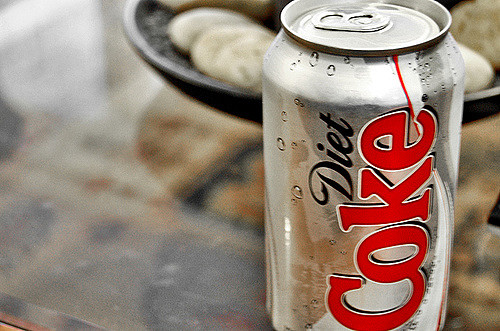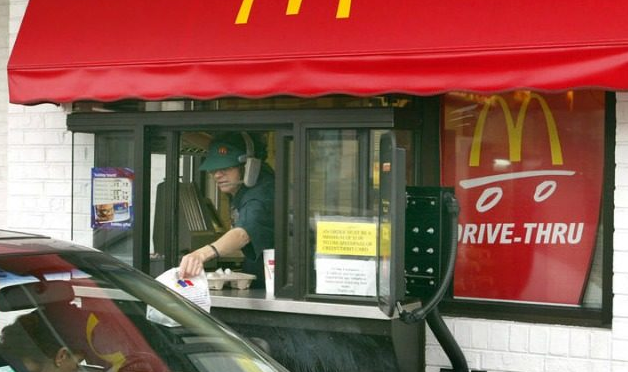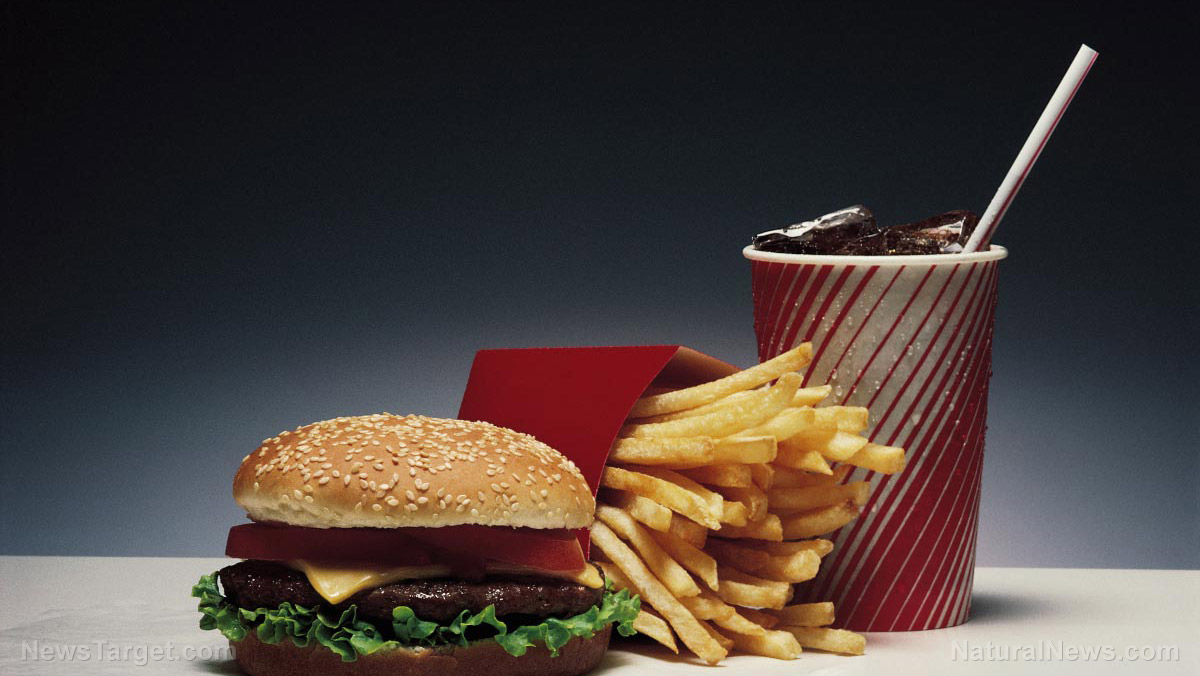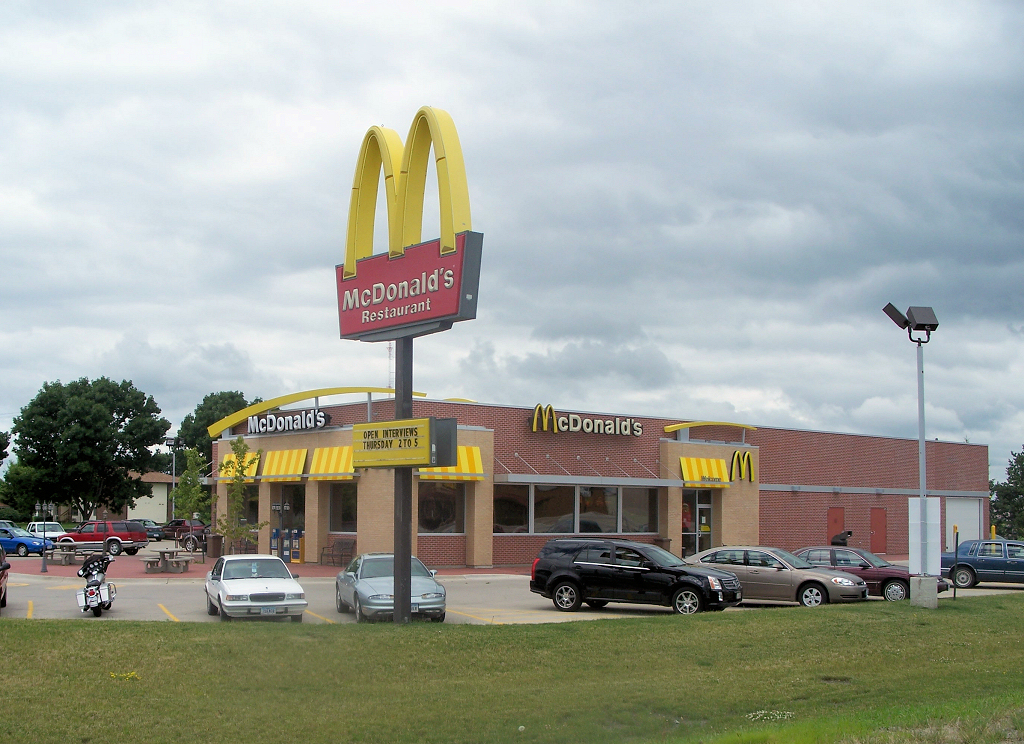Study links consumption of high-fructose corn syrup to intestinal tumor growth
06/07/2021 / By Evangelyn Rodriguez

A recent study has found that high-fructose corn syrup (HFCS), a common sweetener used in soft drinks, promotes the growth of intestinal tumors. Excessive consumption of products sweetened with HFCS is also linked to obesity and metabolic syndrome.
According to the researchers behind the study, the epidemic of obesity seen around the world today is primarily caused by the increased consumption of sugar-laden beverages. Coincidentally, this rise in obesity rates is also paralleled by an increase in colorectal cancer incidence, especially among young and middle-aged adults.
As early as 2013, studies have emerged suggesting that obesity increases the risk of colorectal cancer. Some of the plausible mechanisms believed to be behind this association include insulin resistance, chronic inflammation and alterations in the levels of growth factors, adipocytokines (hormones secreted by fat cells) and steroid hormones. However, the influence of these proposed mechanisms still remains to be fully explored.
Another thing that is unclear about all this is if heavily sweetened products — the main culprits behind obesity — directly promote colorectal cancer development. To remove obesity and the metabolic syndrome as confounding factors, the researchers mimicked the consumption of sugar-laden drinks in mice that have been genetically engineered to develop intestinal tumors. This allowed them to determine whether HFCS, in particular, enhances tumor growth.
Fructose transport and tumor growth
In their report, which appeared in the journal Science, the researchers explained the difference between how fructose and glucose are processed in the intestine and the liver, and how these differences lead to enhanced tumor growth.
Using mice that lack the adenomatous polyposis coli (APC) gene, a key tumor suppressor, they first looked at the effects of adding HCFS to a regular diet. They reported that over an eight-week period, the genetically engineered mice became obese while normal mice showed signs of metabolic dysfunction. (Related: Food companies hiding harmful high fructose corn syrup under new name.)
To distinguish between the metabolic effects of HFCS consumption and HFCS-induced obesity, the researchers fed another set of genetically engineered mice a modest amount of the sweetener daily. In terms of human consumption, the amount was calorically equivalent to 12 ounces of a sugar-laden drink. The researchers found that despite the restriction, HFCS significantly increased the number of large adenomas (benign tumor) and high-grade tumors in the mice. This suggests that even in the absence of obesity and metabolic syndrome, regular consumption of even small amounts of HFCS promotes tumor growth.
To understand how HFCS achieves this, the researchers looked at how fructose and glucose are transported by tumors in the small intestine and colon. According to the researchers, fructose and glucose are transported by intestinal epithelial cells (IECs) in the small intestine differently. While there are designated active transporters for glucose, fructose transport occurs via a passive transporter called GLUT5. Previous studies show that consuming as little as five grams of fructose is enough to saturate GLUT5 and cause fructose malabsorption. This means that regular intake of HFCS can lead to fructose accumulation in the colon.
The researchers hypothesized that intestinal tumors may have the means to efficiently transport and metabolize fructose, and this is how HFCS enhances tumor growth. To test this hypothesis, they gave normal and genetically engineered mice a bolus of radiolabeled glucose and fructose. The researchers found that the tumors in the genetically engineered mice efficiently transported both sugars. But compared to the normal mice, the amount of fructose that reached the genetically engineered mice’s blood and livers was smaller, suggesting that intestinal tumors can trap fructose and use it as a source of energy.
The researchers also found that, compared to normal IECs, intestinal tumors have higher levels of GLUT5 and fructose-metabolizing enzymes. These findings suggest that intestinal tumors can transport fructose directly from the intestinal lumen, where the sugar accumulates once GLUT5 transporters in IECs are saturated.
Fructose metabolism and tumor growth
The metabolism of glucose and fructose in the liver and IECs also vary extensively. Whereas the activity of the enzyme that initiates glucose breakdown (glycolysis) is tightly regulated by the product of its first step, the activity of the enzyme that processes fructose is not subject to this kind of inhibition. As a result, the first product of fructose breakdown (F1P) rapidly accumulates in the liver, accompanied by a depletion in ATP, the principal molecule used by cells to store and transfer energy.
The researchers hypothesized that this depletion may lead to the activation of phosphofructokinase (PFK), the most critical regulatory enzyme in glycolysis that is normally inhibited by ATP. PFK activation would then facilitate glucose metabolism via glycolysis in intestinal tumors without APC. Again, using radiolabeled glucose and fructose, the researchers confirmed their hypothesis and found that lactate production is enhanced in tumors in the presence of fructose.
Cancer cells are known to derive most of their energy from glycolysis, specifically, by converting glucose into lactate for energy. These findings clearly show that fructose promotes cancer growth by enhancing glucose metabolism in intestinal tumors.
Another underlying mechanism the researchers discovered is that cancer cells also use glycolysis as a carbon source for fatty acid synthesis. Many studies have shown that cancer cells rely on fatty acid synthesis — also known as de novo lipogenesis — for many things, such as forming cellular membranes, producing and storing energy and communicating with other cells. A look at the expression levels of enzymes involved in lipogenesis confirmed that the intestinal tumors of mice given a bolus of HFCS have higher levels of these enzymes as well as long-chain fatty acids than IECs.
Altogether these findings show that fructose allows cancer cells to thrive by causing them to rewire their metabolic pathways in favor of glycolysis and fatty acid synthesis. (Related: Fructose can cause far more damage than glucose.)
“In this study, we have found that HFCS, the primary sweetener used in [sugar-sweetened beverages], contributes to intestinal tumorigenesis in mice by accelerating glycolysis and de novo lipogenesis. These effects are independent of obesity and metabolic syndrome. HFCS in liquid form rapidly increases the levels of fructose and glucose in the intestinal lumen and serum, respectively, which allows intestinal tumors to take up these sugars for their growth,” the researchers wrote in their report.
“Our study also provides important preclinical evidence that the combination of dietary glucose and fructose, even at moderate dose, can enhance intestinal tumor growth.”
For the latest news in cancer research, visit Cancer.news.
Sources include:
Submit a correction >>
Tagged Under:
Colorectal Cancer, digestive health, fight obesity, food science, fructose, glucose, grocery, HFCS, high-fructose corn syrup, research, sugar, sweeteners, toxic ingredients
This article may contain statements that reflect the opinion of the author
RECENT NEWS & ARTICLES
COPYRIGHT © 2017 FAST FOOD NEWS





















